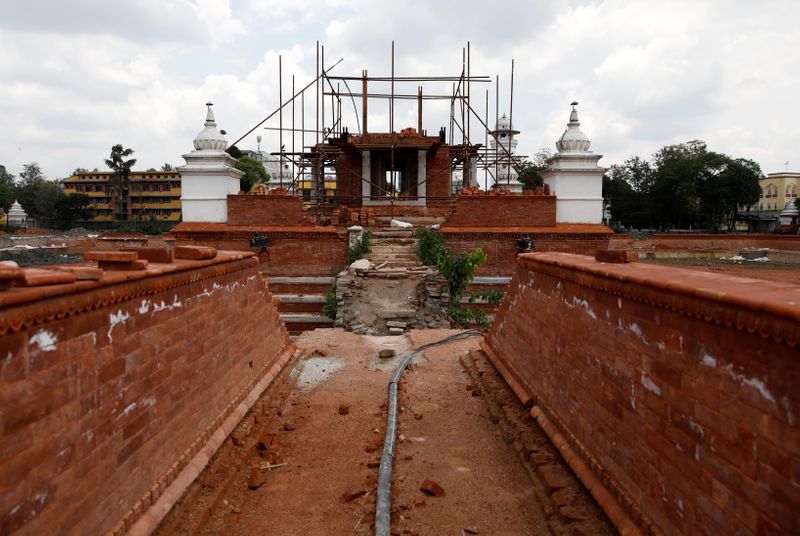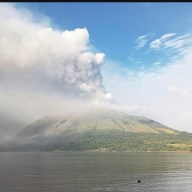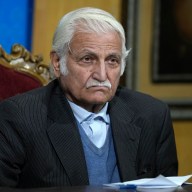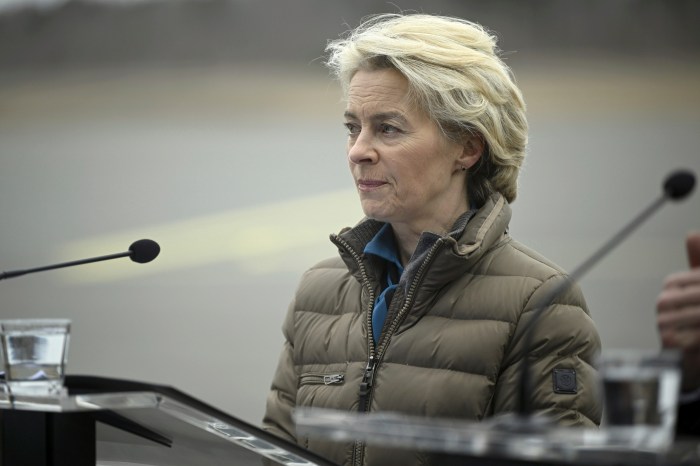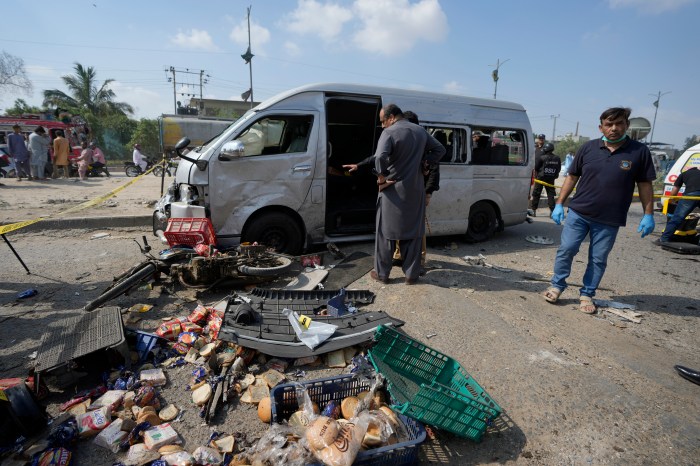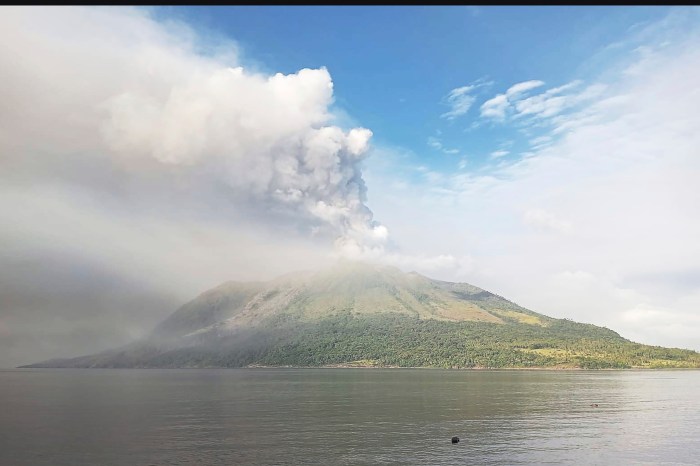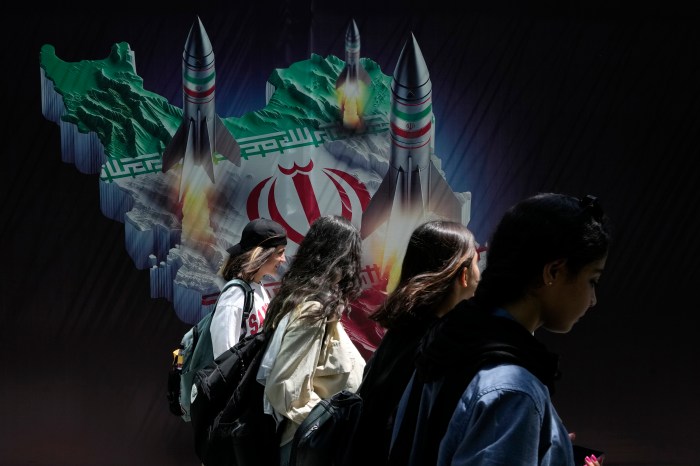KATHMANDU (Reuters) – The coronavirus epidemic has not only put Nepal’s people and economy in lockdown for a month, but also stopped the slow and desperately needed reconstruction of homes and other buildings devastated by two huge earthquakes in 2015.
A magnitude 7.8 quake hit Nepal on April 25 of that year and was followed by another of magnitude 7.3 less than three weeks later. Whole towns, centuries-old temples and other historic sites were reduced to rubble.
Almost 9,000 people were killed and more than a million houses destroyed, at a cost to the economy of $6 billion (£4.8 billion).
Prime Minister K.P. Sharma Oli offered condolences to the families of victims in an anniversary statement released late on Friday.
Manohar Ghimire at the state-run National Reconstruction Authority said the nationwide lockdown, ordered on March 24, had kept construction workers at home along with most others.
Nepal has reported 49 cases of coronavirus and no deaths so far.
Reconstruction has already suffered from political infighting, bureaucracy and confusion. Officials say fewer than half a million houses have been built or rebuilt, along with 5,300 of the required 7,500 school buildings and less than half of the 900 damaged monuments and cultural sites.
Many people who were left without land ownership certificates after the quake have yet to receive loans from banks to start rebuilding houses.
Hari Darshan Shrestha of the independent Centre for Resilient Development said victims of the earthquake were frustrated by the slow pace of construction and the building materials and housing designs approved by the NRA.
“Many people are still living in vulnerable temporary structures,” he said.
(Reporting by Gopal Sharma; Editing by Rupam Jain)

